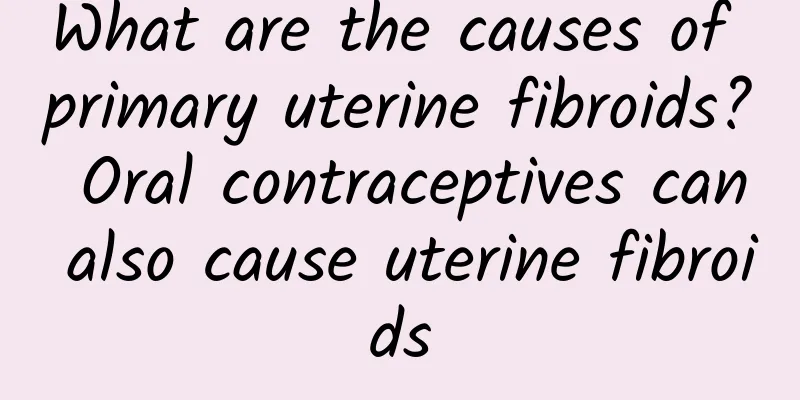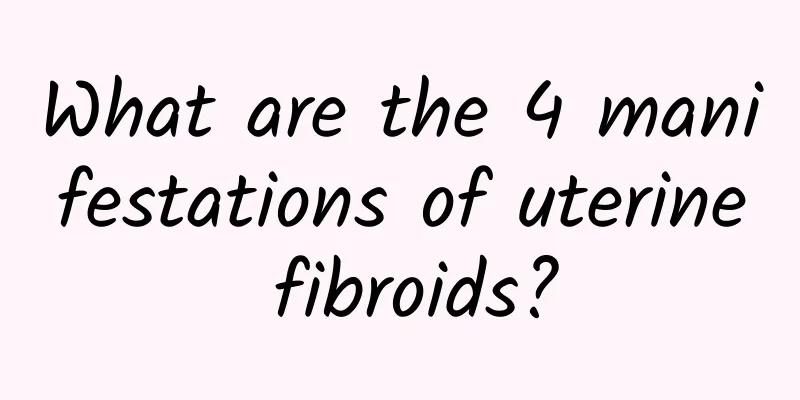Characteristics of menopausal dysfunctional uterine bleeding

|
Menopausal functional uterine bleeding is caused by endocrine disorders, so before diagnosis, a comprehensive physical examination must be performed to exclude uterine bleeding caused by pregnancy, tumors, inflammation, trauma, etc., and then it can be diagnosed as functional uterine bleeding (abbreviated as functional uterine bleeding). The main characteristics of menopausal functional uterine bleeding are: (1) The cause of the disease is the decline of gonadal function. Menopausal functional uterine bleeding occurs when the reproductive function gradually tends to age. During the transition period, the aging speed of various organs and systems is different, especially the aging of various planes of the gonadal axis is not synchronized, which can easily lead to functional disorders and cause menopausal functional uterine bleeding. (2) Clinical symptoms vary. Irregular menstrual cycle, irregular uterine bleeding, excessive menstrual flow, bleeding in the middle of the menstrual cycle, bleeding before menstruation, bleeding after menstruation, or long and continuous menstrual period, etc. Excessive bleeding or prolonged bleeding is often accompanied by varying degrees of anemia, or symptoms such as dizziness, fatigue, palpitations, tinnitus, edema, etc. caused by anemia. (3) Different changes in the endometrium. The endometrial tissue examination of menopausal functional uterine bleeding with anovulation can be divided into simple endometrial hyperplasia, adenocystic hyperplasia, adenomatous hyperplasia and atypical hyperplasia. Atypical hyperplasia should be considered a precancerous lesion, and the principle of treatment is hysterectomy for safety. If the endometrial changes in postmenopausal uterine bleeding are manifested as atrophy, there are also two manifestations and they are related to whether ovulation occurred in the last menstrual cycle. If ovulation occurred in the last menstrual cycle, the endometrium will show simple atrophy. If there was no ovulation in the last menstrual cycle, the endometrium will show cystic atrophy. (4) There is no need to induce ovulation in treatment. Dysfunctional uterine bleeding during menopause is caused by the decline of ovarian function and the cessation of ovulation. This is a natural physiological change. Therefore, the treatment is to stop bleeding first, and there is no need to induce ovulation. The main means of stopping bleeding is curettage, which can not only assist in diagnosis, but also remove necrotic endometrium and blood clots in the uterine cavity to achieve hemostasis. |
<<: How to treat postpartum amenorrhea
>>: The main symptom of cervicitis is increased vaginal discharge.
Recommend
What causes menopause in women?
Menopause is a necessary stage for every woman. I...
Why do uterine fibroids sometimes not have symptoms? Why do uterine fibroids sometimes not have symptoms?
Why do uterine fibroids sometimes have no symptom...
Several major causes of uterine fibroids
Among the many gynecological diseases of women, e...
What are the causes of cervical erosion?
What are the causes of cervical erosion? Experts ...
What are the common symptoms of ovarian cysts?
What are the basic symptoms of ovarian cysts? Wha...
Fresh items for wedding banquet return gifts! New fragrant rice peony blossom double pillow
The God of Joy is coming! How to give a wedding g...
Several important factors for recurrent vaginitis
Vaginitis can cause many diseases. Although many ...
What causes cervicitis?
Cervicitis is an inflammation caused by the invas...
How much is the cost of abortion?
Nowadays, many women who have unexpected pregnanc...
Can female cervical erosion be cured? These methods are the most effective in treating cervical erosion
Cervical erosion is a very common gynecological d...
What are the symptoms of right ovarian polycystic disease?
Polycystic ovaries can occur on one side or on bo...
Expert introduction: What are the signs of pelvic inflammatory disease?
What are the main signs of pelvic inflammatory di...
Overview of habitual abortion due to blocking antibody deficiency
As we all know, habitual abortion has a great har...
What are the signs of spontaneous abortion?
The main signs of spontaneous abortion include ab...
Are you facing the contradiction that is hindering your weight loss? Is it possible to avoid sugary drinks? Dr. Ma Wenya helps you find your weight loss blind spots
Isn’t losing weight just about eating less and ex...









